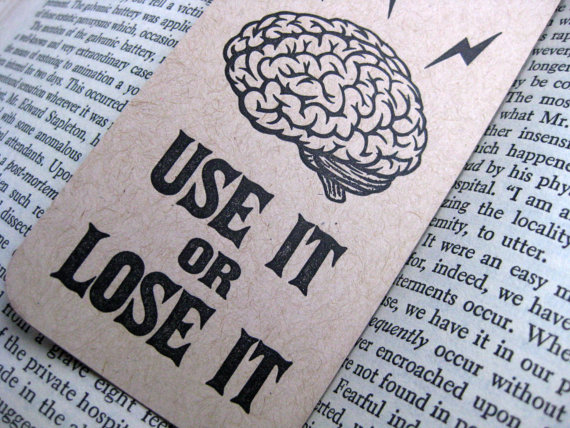
7 Ways to Turn Retail Training Concepts Into Daily Practice
In the scheduled breaks during our retail training programs, you’ll likely find participants rushing to their phones.
Sounds like most training sessions, right? The difference is, they’re not just catching up on messages and emails; they’re often busy putting the concepts and learnings from the class to work, right then and there.
Enthusiasm is always high during the class because participants see the value and practicality of what they’re learning, and it’s also a somewhat idealized environment. There are no distractions, no interruptions, nothing else vying for their attention.
But what happens when they go back to the “real world”?
No matter how well intended someone is, it’s tough to stay focused once you’re, as someone recently put it, “sucked back into the vortex.” Many DMs find it a struggle to stay on track with their plans because the environment keeps throwing up roadblocks. Adding to the challenge, according to the forgetting curve, on average, people forget 70% of what was taught within 24 hours of a training experience.
For any training to create lasting behavior change and deliver ongoing, long-term results, reinforcement is key. It can reshape the forgetting curve and maximize retention and application. In some ways it’s even more critical in the retail world, where the environment may be fighting that change every step of the way.
Here are 7 reinforcement strategies to help participants internalize the training so they can turn it into daily practice and drive performance results:
- Keep Senior Leaders Involved: A special executive session for senior leaders can help them understand their critical role in reinforcement as well as ensure they model the language and skills taught in all meetings, communication, and quarterly reviews, and adopt the appropriate behavioral style whenever possible. Modeling and senior leader support are essential for reinforcing skill use.
- Provide On-the-Job Tools: Job aids and support resources (like Skill/DiSC and Strategy Cards, My Plans, Taking Action, and Virtual Coach from our Retail Multiunit Management-RMM program) make it easy for district managers and divisional vice presidents to prepare, conduct, and debrief discussions with store management and store teams. The more they use the tools, the more these skills and processes become habit.
- Hold People Accountable: By incorporating interpersonal skills and performance strategies from the training into job descriptions, performance reviews, and evaluation processes, you’ll have a system for greater accountability and regular evaluation of skill use.
- Measure for Continuous Improvement: For our RMM program, as an example, we recommend establishing baselines of performance by individual and district managers, then identifying 3 KPI metrics you can measure and track on a weekly basis to evaluate the success of the training and pinpoint gaps in performance that can be coached and reinforced for continuous improvement.
- Consider Coaching and Leadership Training. Broadening the circle of who gets developed helps build the behavioral habits at a cultural level to withstand environmental pressures. And by developing stronger coaching and leadership skills, you’ll be able to continuously improve performance over time, raising the bar for performance each year.
- Let Them Teach to Learn: One of our clients that’s been implementing our Retail Store Leadership (RSL) training for many years has discovered an interesting trend among those who’ve become certified to facilitate the program: There’s a direct correlation between teaching RSL and the ability to get promoted. By teaching it, they’re reinforcing their own leadership skills. (The client’s biggest challenge now is that their trainers keep getting promoted!)
- Celebrate Successes. When people see the real-world results of using new skills and behaviors, it’s motivating for everyone. Solicit those stories and share them—in company newsletters, division conference calls, e-mails, etc.—for recognition on a regular basis. Showcase success stories and results in terms of human capital (promotability) and revenue value.
What strategies do you use to combat the forgetting curve and make sure skills and behaviors become part of daily practice? Share in the comments or tweet us @mohrretail.
